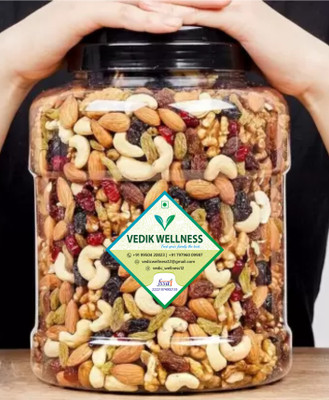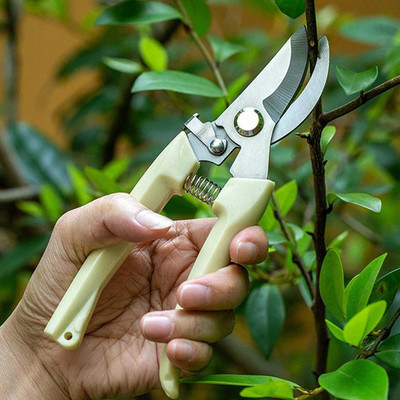
DIOART XVIX-389-®F1 HYBRID RED OKRA SEEDS Seed (75 per packet)
Price: Not Available
Currently Unavailable
Highlights
- Seed Type: Vegetable
- Suitable For: Indoor
- Organic Plant Seed
- Seed For: XVIX-389-®F1 HYBRID RED OKRA SEEDS
- Flowering Plant
- Quantity: 75 per packet
Description
PLANTING INSTRUCTIONS
Start seeds indoors 6 to 8 weeks before the final spring freeze.
Harden off plants over the course of a week. To ready the soil, till in aged manure or compost.
Transplant outdoors 2 to 3 weeks before the last anticipated frost date. Choose a cloudy afternoon.
Plant 12 to 24 inches apart in rows, depending on the size of head desired. The closer you plant, the smaller the heads. Mulch thickly to keep moisture and regulate soil temperature.
Practice crop rotation with every year to avoid a buildup of soil borne diseases. Although , broccoli, and cauliflower are closely connected, and require similar nutrients, it’s best not to plant them together.
GROWING REQUIREMENTS
WATERING
Keep soil moist by mulching and water 2 litres per week.
PESTS
The pests that are vulnerable to this crop are Aphids, Root Maggots, Flea Beetles, Cutworms, Splitting.These pests may cause young sprouts to fail to grow or die back; bluish-black spot may appear on leaves and stems. Blackleg is a fungal disease which leaves sprouts girdled and rotting at soil level.
SOIL
It requires loamy soil with a pH ranging between 6.5 and 6.8
SPOT
needs at least 6 hours of full sun.
TEMPERATURE
The optimum temperature for growing a successful crop is 15 - 18 degree celsius (60 to 65 degrees Fahrenheit)
HOW TO HARVEST
Harvest when heads reach desired size and are strong.
Cut each head at its stem with a keen knife. After harvesting, bring inside or set in shade immediately.
To get two crops from early plants, cut off the head out of the plant, allowing the outer leaves and root in the garden. The plant will grow new heads—pinch them off until only four or so smaller heads remain. When these grow to tennis-ball size, they'll be perfect for salads.
After harvesting, remove the entire base and root system from the stain to prevent it from disease. Only compost healthy plants put down those with maggot infestation.
can be stashed away in the refrigerator for two weeks, wrapped lightly in plastic.
Read More
Specifications
In The Box
|
General
| Brand |
|
| Model Name |
|
| Quantity |
|
| Common Name |
|
| Flowering Plant |
|
| Suitable For |
|
| Type of Seed |
|
| Organic |
|
| Soil Nutrient Requirements |
|
| Sowing Method |
|
| Net Quantity |
|
Additional Features
| Care Instructions |
|
| Other Features |
|
Have doubts regarding this product?
Safe and Secure Payments.Easy returns.100% Authentic products.
Back to top






